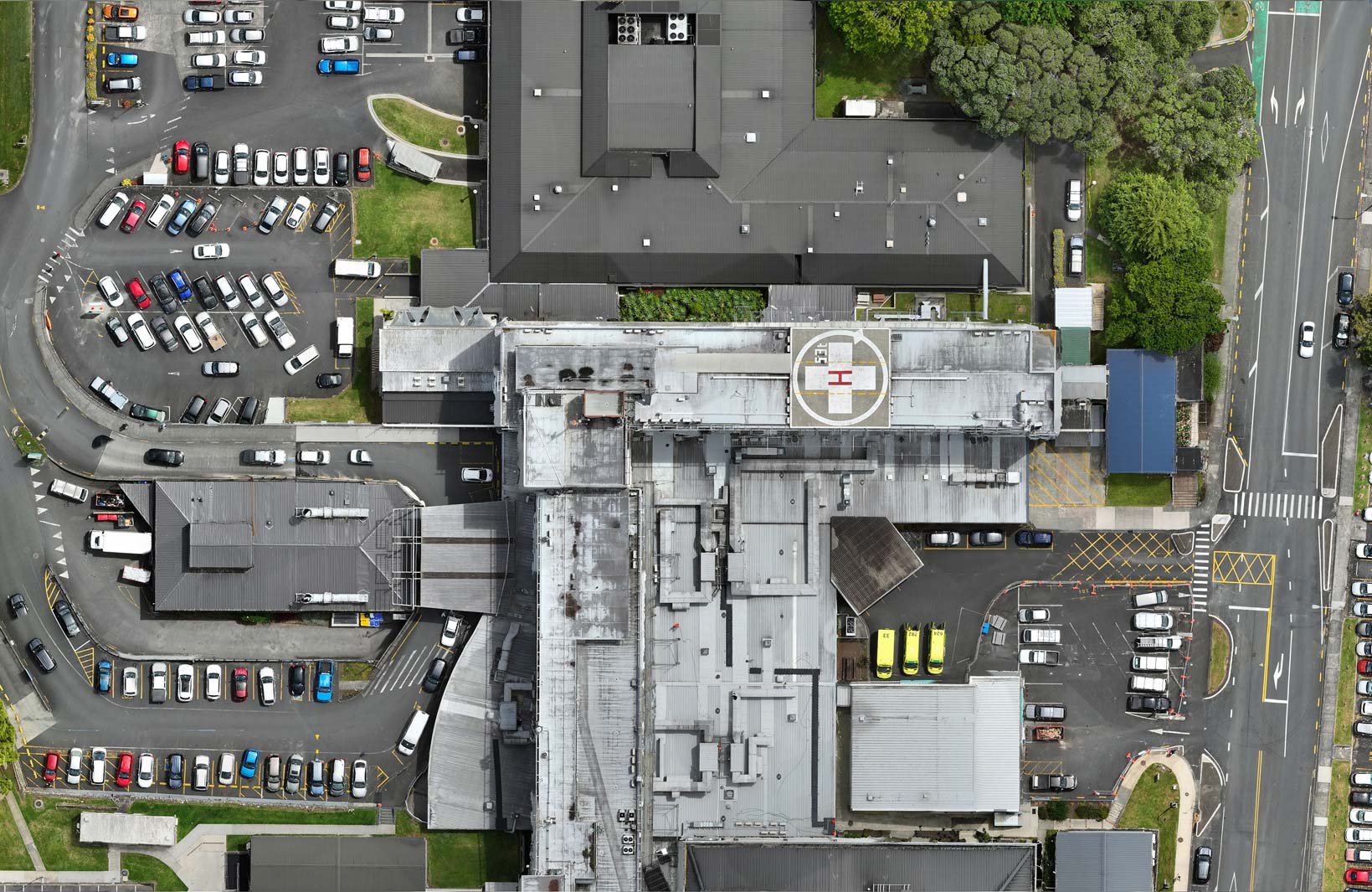The drone industry
The agricultural drone industry in New Zealand is new, but already seeing massive growth year on year. We are following the adoption trends for this technology seen in countries around the world such as USA, China and Australia.
The American spray drone market was worth US $1.39 billion in 2021 and is projected to achieve a remarkable compound annual growth rate (CAGR) of 35.79% during the latest forecast period, reaching a total market size of US $11.9 billion by 2028.*
Closer to home, the Queensland Government Agtech Trends shows that by 2028, the Asia-Pacific market for agricultural drone systems is projected to grow by more than 300% to $2.9 Billion AUD, up from $647 Million AUD in 2020.**
In New Zealand there are now numerous agricultural drone companies nationwide and I have seen many newspaper articles, blog posts, Country Calendar episodes and social media posts that demonstrate just how useful and innovative this new technology is with both clients and operators buzzing over the results.
Since Culture Drones started our journey into the agricultural drone industry, I’ve researched, seen first-hand and had great chats about an unending number of amazing facts and use cases for drones.
People are just genuinely excited about the potential in this industry.
We currently operate two of the most advanced drones on the market that are specific to the needs of agriculture, horticulture and forestry - the XAG P100 Pro and the DJI Mavic Enterprise Multispectral.
XAG P100 Pro
The P100 Pro comes with two application units that are swappable, a 50L spray system and an 80L solids and granules spreader.
One amazing new use for the spreader I have recently discovered is planting native trees from the air. There are tests currently in progress using this method in the Hunua Ranges in Auckland, where the P100 Pro is being loaded with thousands of ‘marbles’ in the spreader bin. These marbles each contain a tree, in this case Manuka, surrounded by a hard casing with all the nutrients a tree needs to thrive.
The P100 Pro then flies over the planting zone spreading and distributing the trees covering hectares of native planting in just an hour. The tests being conducted in Hunua are seeing a good rate of these trees taking root and product developments are being made to increase the survival rate further still.
What is particularly impressive when watching the P100 Pro spray out an area is the coverage it can achieve and the rate at which it can operate. The size and power of the propellers and their positioning above the spray nozzles works fantastically to push spray particles down to their target and can create an upwards and outwards spinning vortex of spray which is ideal when needing to treat the inside cavity of trees and hit under the leaves as well as on top.
DJI Mavic Enterprise Multispectral
The DJI Mavic Enterprise Multispectral is an incredible small platform mapping drone packed with features. When creating high resolution maps of a jobs’ operational area, it will fly a precise grid pattern back and forth at an altitude of around 60-80 metres. It can map several square kilometres of terrain in under an hour.
It is not only mapping and measuring real world distances and coordinates on the horizontal plane, but also measuring distances vertically so the height of trees and slope of hills are known with precise detail.
We use it in combination with the P100 Pro radar system to provide the drone with an unmatched understanding of its operational area. It means the drone can follow undulating terrain at a consistent height, avoid obstacles with precision and create pinpoint accurate boundary sprays.
Additionally, the drone has a robust multispectral scanner which reads bands of light invisible to the human eye. The bands are then translated into an index (values mapped to a colour spectrum) which can create invaluable datasets for analyzing and treating plants.
Where it gets really exciting
The thing that really gets me excited about this industry is the potential to combine the capabilities of both these drones.
For example, using the multispectral scan to check whether a crop has been evenly fertilized or to benchmark the performance of a new fertilizer against the old. Then loading this data into the P100 Pro and applying variable rate prescriptions, where the sprayer or spreader can modulate its output so you don’t over or under-dose an area.
Another awesome example of these two drones working together is an advanced spot spray on gorse. Pix4Dfields (which is the software that analyses high resolution maps) has an AI plant recognition tool. So this can identify sporadic gorse growth in a paddock and automatically mark these weeds for spraying while marking anything that is not gorse as a no spray zone. The P100 Pro will then fly a normal grid pattern back and forth over the paddock and the spray nozzles will be turning on and off to spray gorse as the drone flies over it.
Get in touch
If you think our services could benefit your business or want to chat to understand more of what the drone industry can do for you, please don’t hesitate to get in touch. We’d love to hear from you.
* Yahoo Finance Crop Spraying Drones Market Forecast Report 2023-2028 https://finance.yahoo.com/news/crop-spraying-drones-market-forecast-164200774.html?guccounter=1&guce_referrer=aHR0cHM6Ly93d3cuZ29vZ2xlLmNvbS8&guce_referrer_sig=AQAAAC_Ro4cp24T0F3YWvfNwXyUWaqh1PIgmb-n5ZXgYRoDsRGPpEr73_kBrqxQvMlxvoMTm8EKFBygNvL3C95YsXKSsm_hR1q3a8wYDt0fGHxDsJTIE0c_n5Qiy2_6RvOW63YXpwWPp0bP00adeQ1TNZh50vbVXlE-K3RVDtdPWIkWs#:~:text=The%20crop%20spraying%20drones%20market,US%2411.9%20billion%20by%202028
** Queensland Government AgTech Future Trends https://www.daf.qld.gov.au/news-media/campaigns/agtech/action/future/drones


